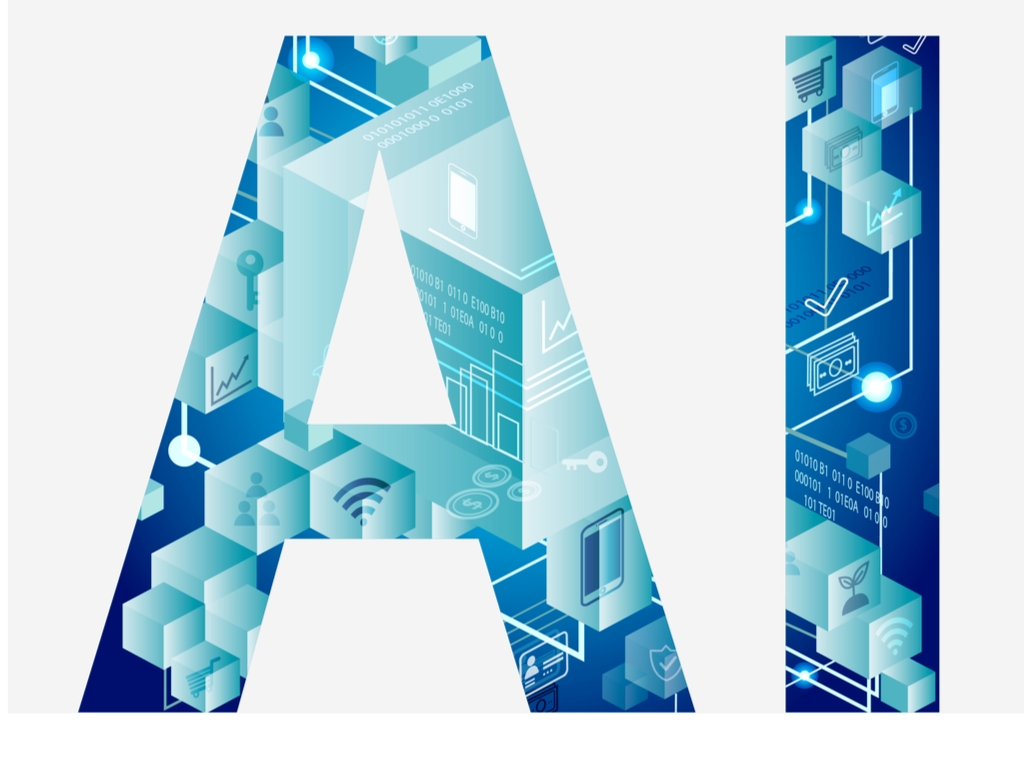
AI This. Not So Fast.
Grounded during this pandemic, and unable to interact with clients in person, I try to write 3,000 words a day. Morning after morning, fueled by good black coffee, I type away. I share insights, based on research, for the supply chain leader. I write for this blog, craft reports from research for our newsletters, create blogs for Linkedin, and build articles for Forbes. I am also developing a framework for my new book. Stay tuned.
Frequently, when I post about an issue, a well-intending consultant or an aggressive business development executive will tout the evolution of the autonomous supply chain as the answer. The comment is usually something like, “Implement RPA or AI to solve this problem.” Or, “If you need an answer, implement my solution.” When this happens, I sigh. This type of response is just not helpful. Everyone tries to be a cool kid with over-zealous comments on posts, but unfortunately, there is no truth in advertising in the supply chain market. (If the industry were grounded in truth in advertising repercussions, there would be far fewer signs in the airports from consultants and technology providers.)
Background
The autonomous supply chain is a vision, but it is not today’s reality. I find in my Supply Chains to Admire research that 96% of companies (when compared to their peer groups) are unable to drive improvement while delivering higher performance year-over-year on a balanced scorecard of growth, inventory turns, operating margin and Return on Invested Capital (ROIC). I define supply chain excellence as year-over-year performance better than the peer group on this balanced scorecard. Ecolab, L’Oreal, and TJX are exceptions. They did it. Each company ranks in the 4% of companies beating their peer groups.
Shifts in Technology
Data science and cloud-based delivery offer promise, but supply chain planning is morphing slowly. …and at the edges. No technology company is attacking supply chain planning at the center.
Let’s celebrate that over the last two years, there were four significant acquisitions by traditional supply chain planning providers to deepen analytics capabilities:
- 07/2018 JDA purchases Blue Yonder (Purchase price confidential.)
- 11/2017 Logility acquires Halo for 9.3 M$
- 10/2019 Llamasoft merges with Opex (Amount not disclosed.)
- 06/2020 Kinaxis buys Rubikloud for 60M$
Examining The Current State
The analyst mindset is to track software evolution by taxonomy where like solutions are grouped, named and tracked. Supply chain planning is a subset of the decision support technology taxonomy. Other forms of decision support include revenue management, trade promotion management, cost-to-serve, and network design. Now in its fifth decade of evolution, supply chain planning is starting to change. The shifts are happening slowly at the edges. I am celebrating, but my hope is to drive seismic changes from the center. What we have now is not good enough, and I have my fingers crossed that COVID-19 will drive a significant and positive shift by highlighting the deficiencies.
Read more at AI This. Not So Fast.
Write down your opinions below in the comment box and subscribe to us to get updates.









